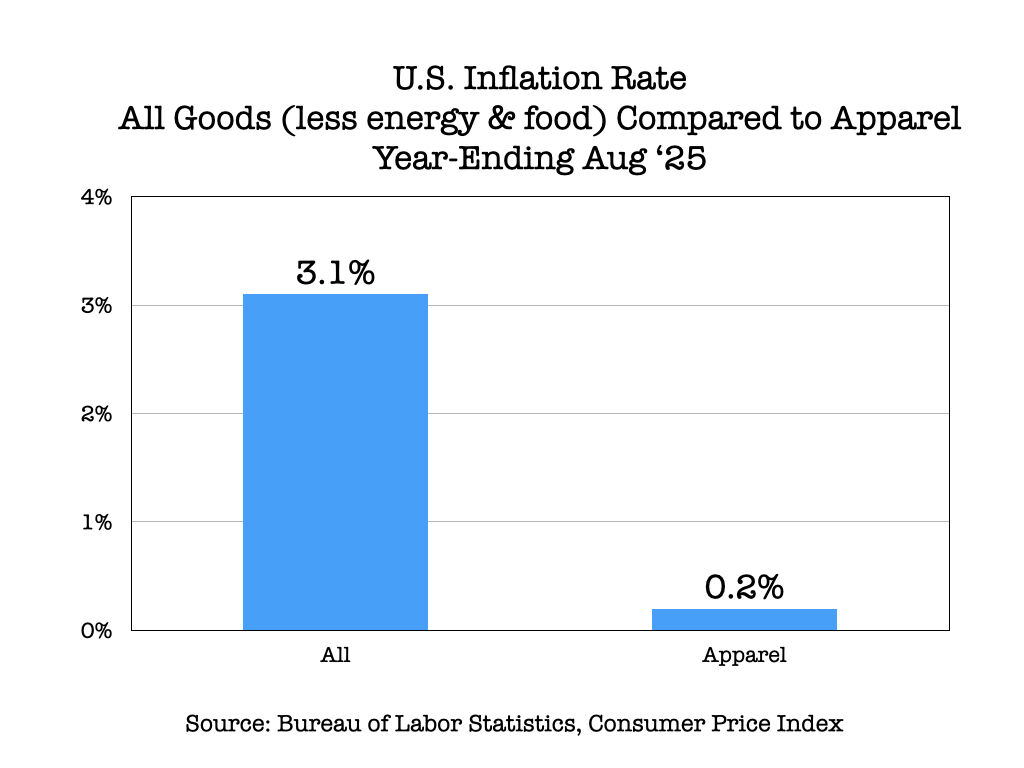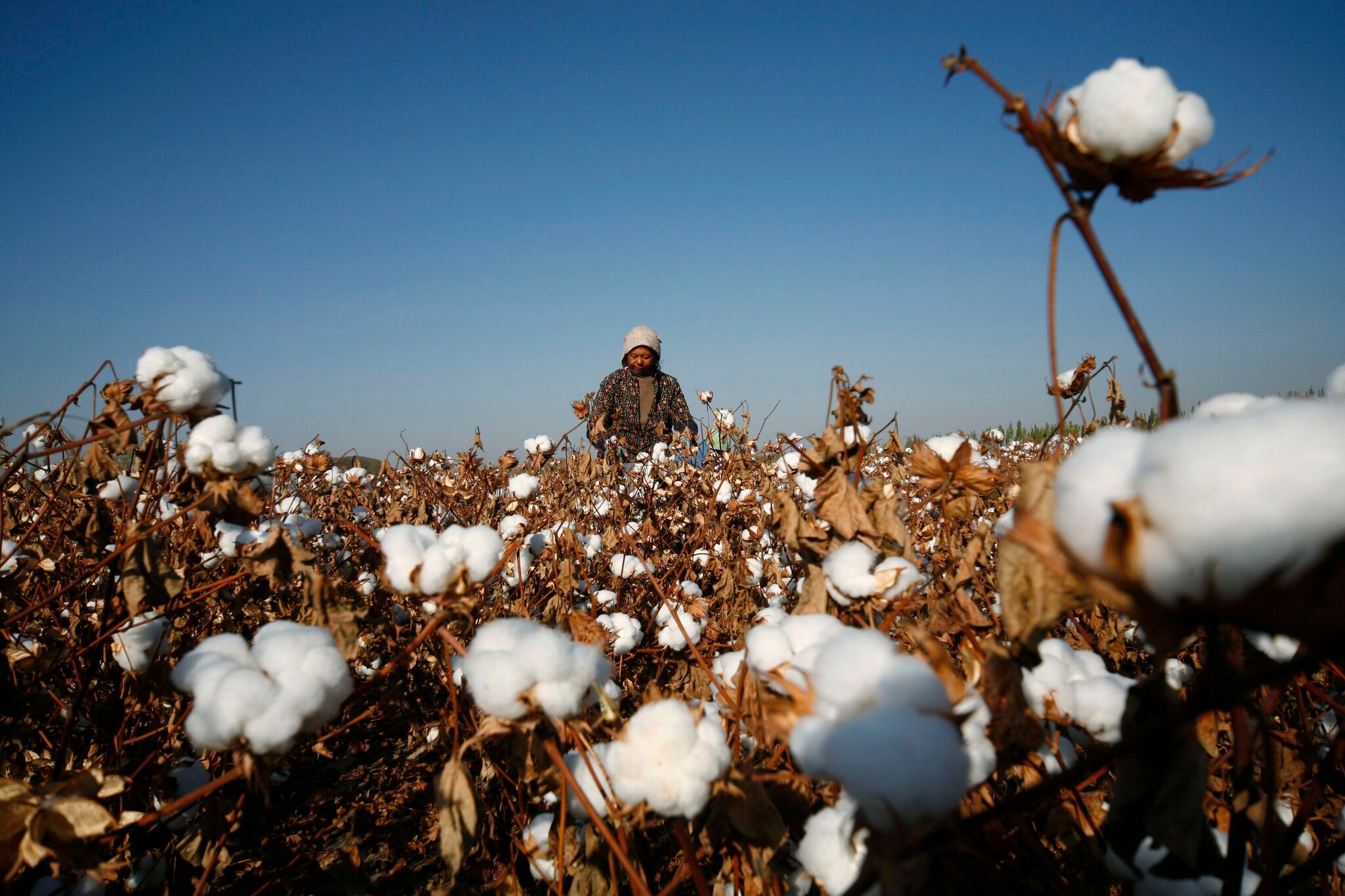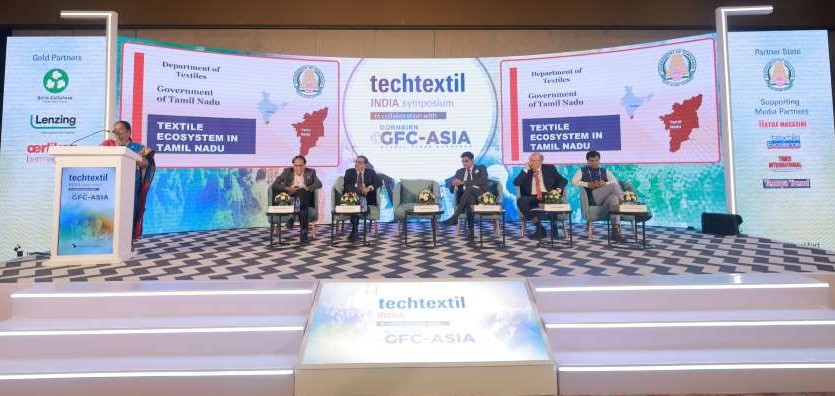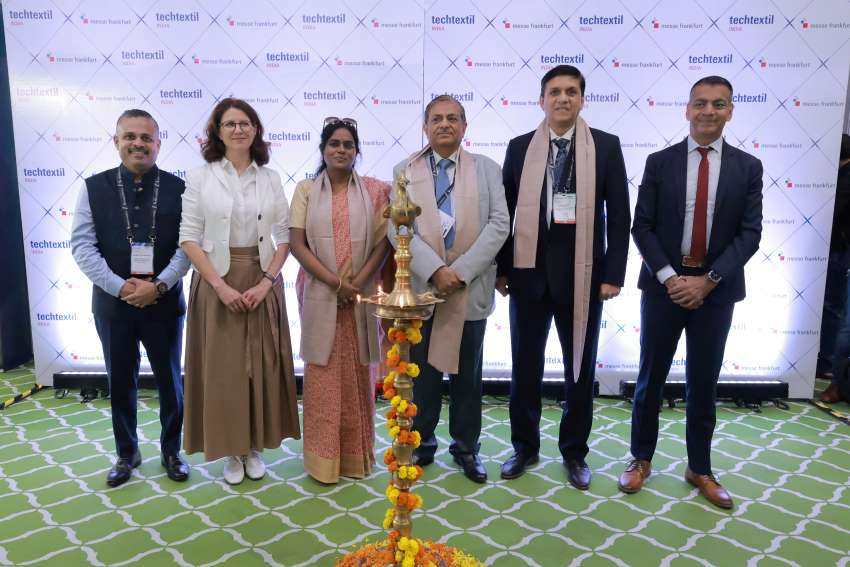
The latest data from the Bureau of Labor Statistics (BLS) indicates that while overall US inflation remains high, the apparel sector continues to give a welcome break to consumers. However, a closer look at the data suggests that this period of stability may be nearing an end. According to the BLS Consumer Price Index (CPI), the inflation rate for all goods (less energy and food) stood at a robust 3.1 per cent for the year ending in August 2025. In stark contrast, apparel prices rose only 0.2 per cent over the same period. This gap highlights a continuing trend where the clothing industry is absorbing costs rather than passing them on to shoppers.
August records a jump
Despite the low annual figure, the monthly data reveals a critical change: apparel inflation jumped sharply by 0.5 per cent in August, its highest monthly increase since February. This sudden rise suggests that the cumulative effects of market uncertainties and import tariffs may finally be affecting clothing prices at the consumer level.
The monthly volatility in the apparel index is a well-established pattern, often influenced by seasonal sales and new product releases. However, the August spike is particularly noteworthy, hinting that a more sustained upward trend may be on the horizon.
Table: US monthly apparel index
|
Month |
Seasonally adjusted change from preceding month |
|
February |
+0.6% |
|
March |
+0.4% |
|
April |
-0.20% |
|
May |
-0.40% |
|
June |
+0.4% |
|
July |
+0.1% |
|
August |
+0.5% |
Fed's dilemma
The difference between overall inflation and apparel inflation puts the Federal Reserve in a precarious position. The central bank has a stated inflation target of 2 per cent, and with core inflation running at 3.1 per cent, the Fed is under pressure to maintain a tight monetary policy.
However, the situation is complicated by a softening labor market. Typically, a weakening job market would provide a case for the Fed to cut interest rates to stimulate economic activity. The combination of persistent inflation and a slowing labor market creates a difficult and politically charged environment for the Fed. A decision to cut rates to support employment could risk further fueling inflation, while maintaining high rates could deepen a labor market downturn.
The recent jump in apparel prices a category that has been a deflationary force for much of the past year adds another layer of anxiety to the Fed's upcoming decision. It raises the question of whether the recent increase is a blip or the beginning of a broader pass-through of costs to consumers, which would make the Fed's inflation fight even more challenging.












